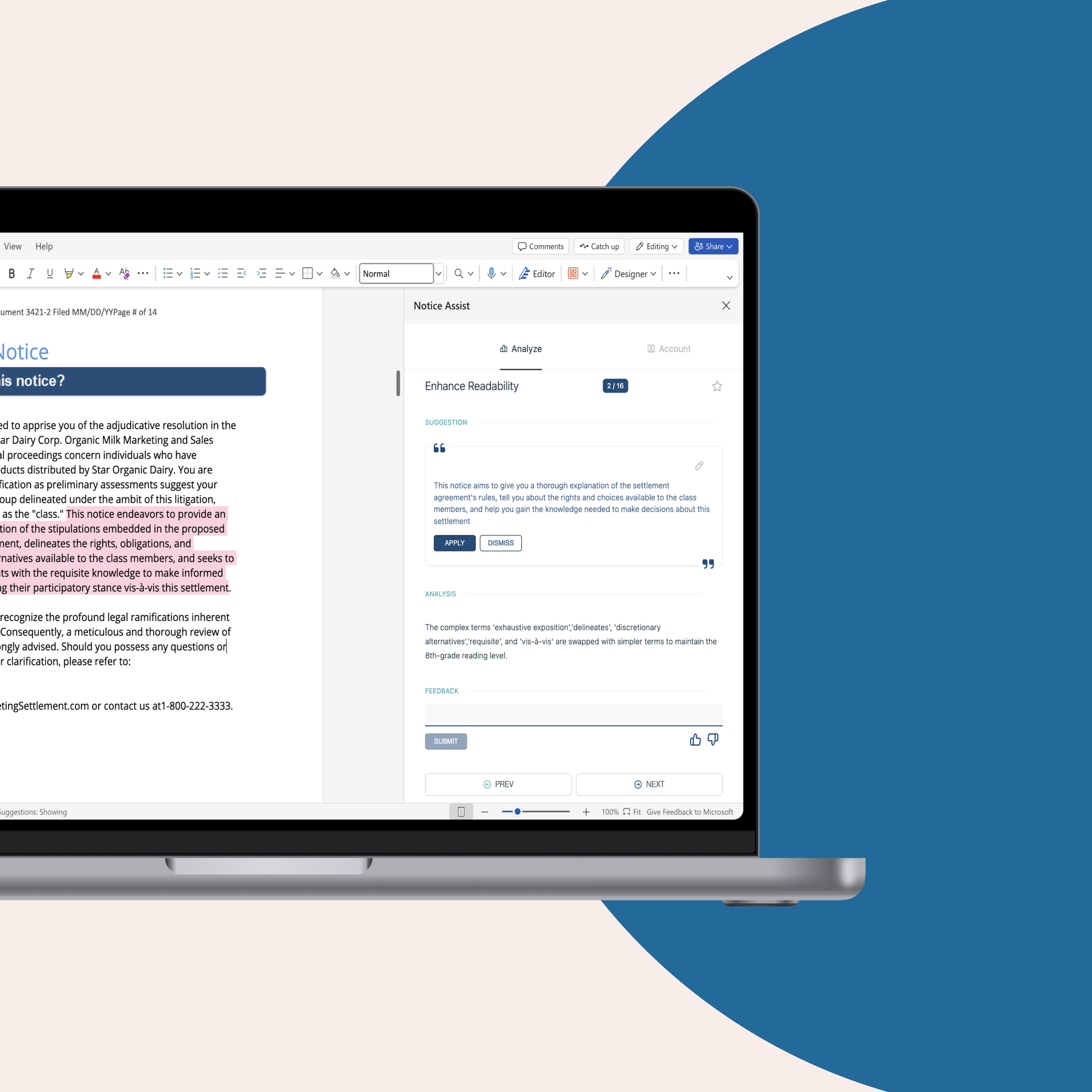Top 10 Tips For Your Next Class Action Settlement Mediation
It is the day we are all waiting for. Game Day. Mediation. Your firm has spent 1,246.7 hours on the case so far, but everything will happen in these 12 hours. By the end of the day, you are so emotionally exhausted from the mediator pounding on you, and so happy to have the mediator come in with a number that you can tolerate, that you walk out with a pending mediator’s proposal that only says the gross dollar value of the global settlement. Perhaps you leave the mediation with a handshake agreement, but without nailing down the details of the Memorandum of Understanding. Oops. The devil was in those particular details.
Everyone who has negotiated a class action settlement has probably had some term he or she forgot to address at mediation, or in the MOU, that returned in drafting the “final” agreement as a big headache and put the deal at risk. I have. I have thought, at many class action mediations, “I wish I had a checklist so I would remember all the key terms.” Here it is.
1. Non-Reversionary Settlement
A common defendant pitch during a class action mediation is for a “reversionary” settlement, where the defendant will recoup any amount not claimed during a claims process. Among other disadvantages, this puts the parties’ interests during the settlement administration process in conflict –instead of aligning them, with all parties hoping for maximum participation (or, as defendants would see it – the maximum number of releases).
2. Employer’s Share of Payroll Taxes
If your settlement involves back wages, then it involves payroll taxes. Do not be surprised that the employer’s vision of a “global” settlement includes the notion that your clients will pay the employer’s taxes. Yet, an employer is required to withhold taxes from wages pursuant to 26 U.S.C. §§ 3102(a) and 3402(a), and to pay an employer’s share of FICA pursuant to § 3111. The same is true under FUTA, 26 U.S.C. §§ 3301, et seq. Do not let your defendants shift their duty to your clients.
3. Scope of Class and Release
While it is commonplace for representative plaintiffs receiving enhancements to sign a broad release of claims – and indeed, such provides some justification for their enhanced payments – the class members’ release should be narrowly drafted to impact only the claims raised in the suit or, at a maximum, those which could have been raised in a suit premised on the same facts pled. In the same vein, make sure the class period and job titles encompassed in the settlement are mutually understood. Those encompassed in your complaint should be those benefiting from the settlement, or, defendants should pay more to compensate the additional class members.
4. Timing of Payment
Particularly with a financially-shaky employer (or any company, especially a closely-held one, where bankruptcy is a ready option), make sure the money (including, as noted above, the employer’s share of any payroll taxes) is in the bank, and/or require the employer to provide a letter of credit from a viable financial institution, guaranteeing that all the money will be there when it is required. There is no justification for a settlement term that conditions the disbursement of payments on the expiration of time for appeals, if no one properly objected or even expressly opted-out of the agreement.
5. Failure of Settlement
What number or percentage of opt-outs will “blow up” the settlement? Choosing too small a number or percentage is highly risky – 10% is appropriate. Moreover, insist on a provision that the employer will own any administration costs incurred before the settlement failed – another good reason to have the settlement fund amount deposited early.
6. Nature of the Payments
Will the payments to class members be considered all wages (subject to a W2), half wages-half interest/penalties (subject to a 1099), or one-third each for wages, penalties, and interest? Make sure you reach agreement.
7. Injunctive Relief
Though it goes beyond the scope of this short blog post to describe all of the possible forms of injunctive relief that could be part of your settlement, such should be outlined in the MOU or mediator’s proposal explicitly – do not assume that defendants paying a settlement regarding a wage/hour misclassification class action will reclassify the position at issue unless it is explicitly provided by your agreement. Also, seek to specify a timeline for compliance and a monitoring mechanism, if needed, from the outset.
8. Attorneys’ Fees – Costs – Enhancements
Once a settlement becomes “all-in,” and defendants are paying the entire amount regardless of the level of participation by the class, they will have little incentive to oppose the fees, costs, and enhancements you think are appropriate.
9. California PAGA Allocation
If you have a Labor Code case in California, you must determine how much of the class members’ portion of the common fund to allocate to PAGA – knowing that 75% of this amount will have to be sent to the Labor Workforce Development Agency.
10. Settlement Administration Process and Cy Près
Try to agree on a settlement administrator, cy près recipient(s), the length of time to opt-into the agreement (90 days, perhaps), the means of finding and following up with the class, a process for disputing allocations by class members, opt-out/objection procedures, a website about the settlement, and the means of communication of the settlement to the public. Defendants should delegate to plaintiffs’ counsel the task of discerning an appropriate settlement allocation formula among class members.
www.bryanschwartzlaw.com
Blog: http://bryanschwartzlaw.blogspot.com/
Facebook: https://www.facebook.com/bryanschwartzlaw/
LinkedIn: https://www.linkedin.com/in/bryanschwartzlaw
Twitter: https://twitter.com/bryanschwartzla
This blog post was originally published on 02.01.16 but has been updated.












